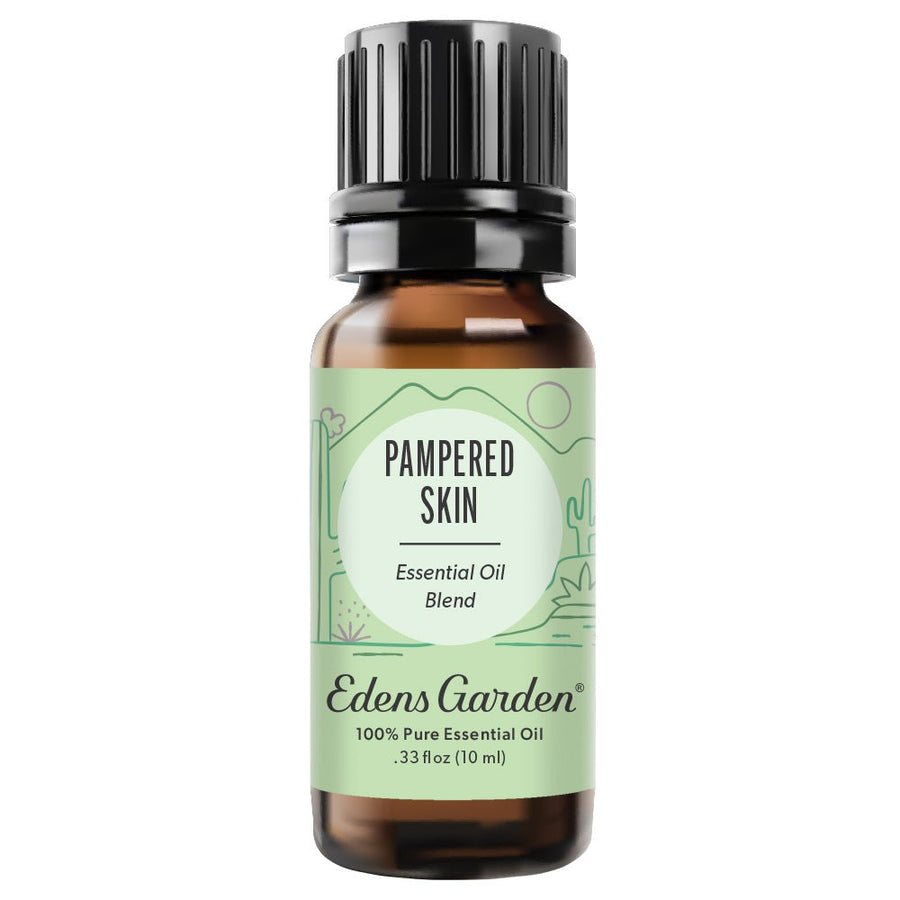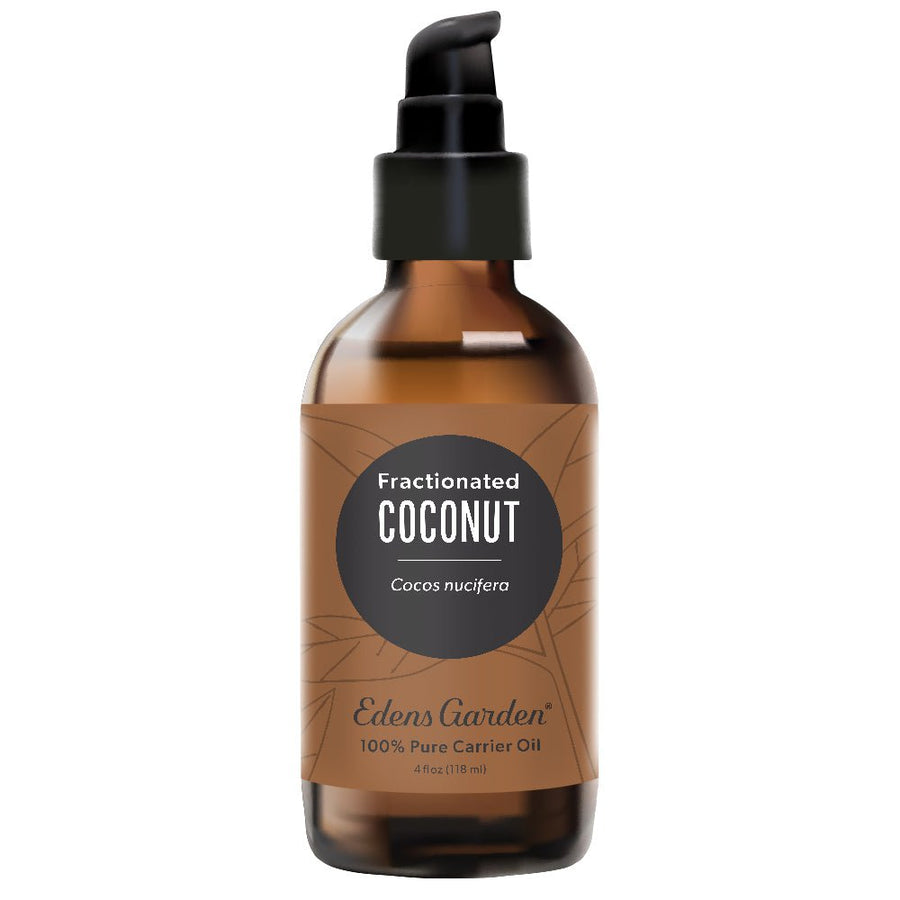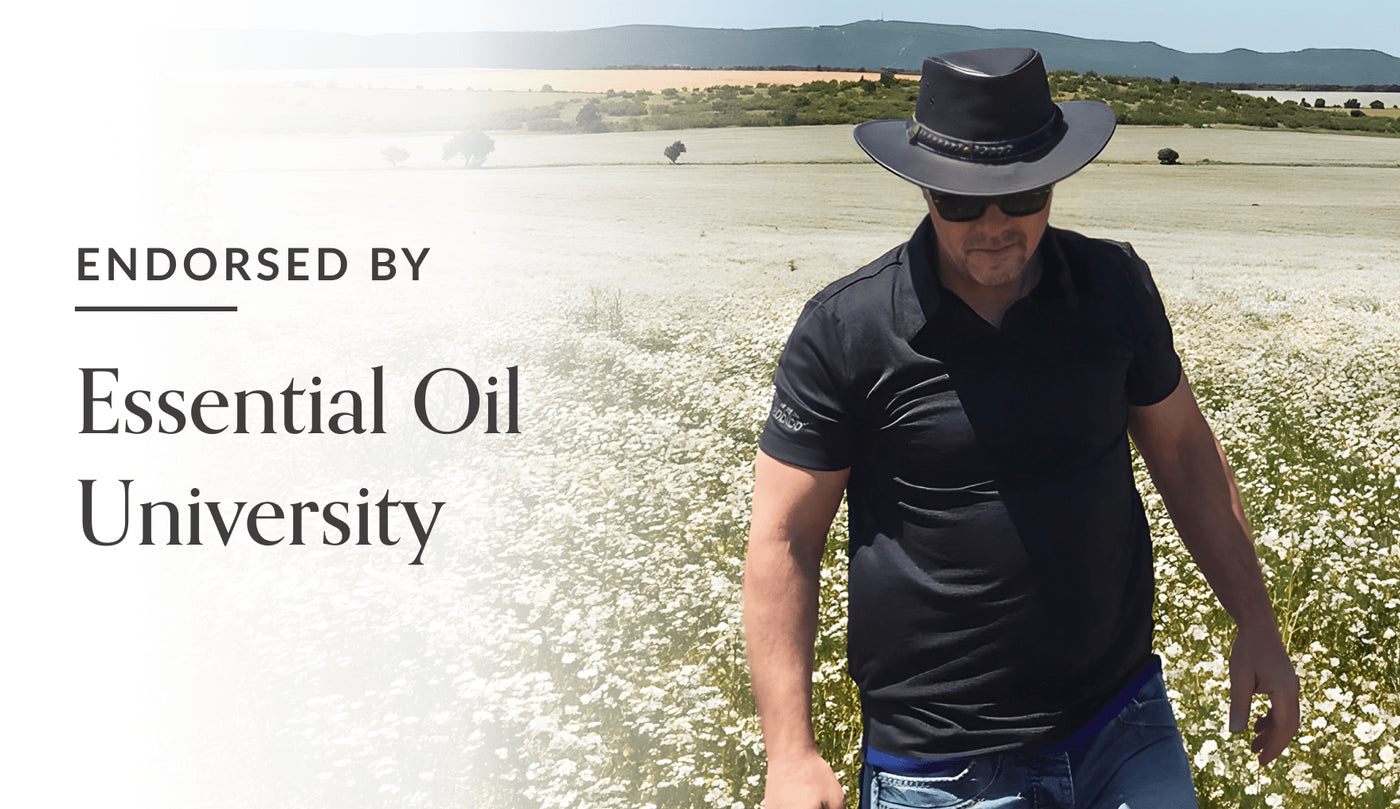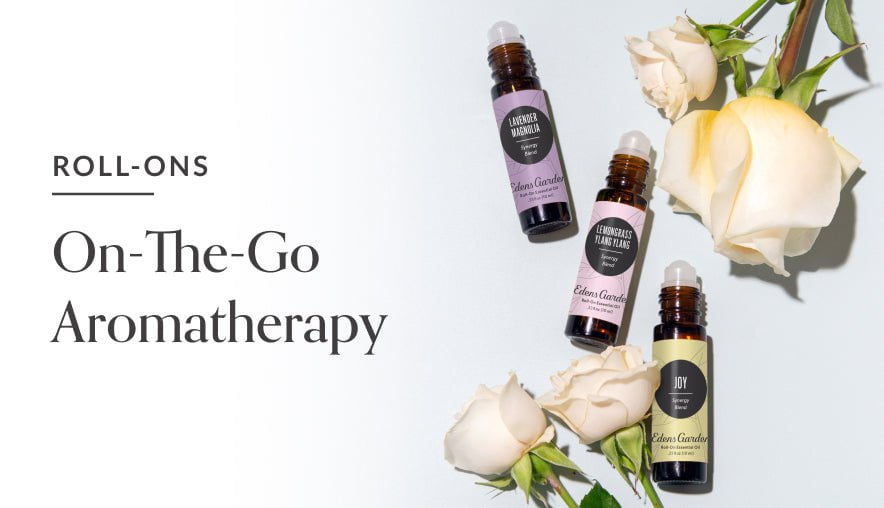5 Home Remedies For Rashes On Your Skin

Whether the cause of your skin rash is a bug bite, heat, or an unknown irritant, rashes aren’t just physically unpleasant—they’re also frustrating. Scratching makes the problem worse, but it can be hard to resist with skin inflammation or a skin infection. Luckily, several natural home remedies can bring relief and help your uneven skin or baby's rash heal itself faster.
Natural, non-toxic home remedies and skin ailments can be safe for adults and kids alike. Are you hoping to stop itching and skin irritation in its tracks? In this short guide, we’ll go over our top five home remedies for skin rashes.
1. Chamomile And Coconut Oil Moisturizer
Moisturizing is a great way to relieve an itchy rash. However, over-the-counter moisturizers are often full of preservatives and artificial perfumes that may irritate rather than soothe your upset skin. The solution? Make your own moisturizer with just two ingredients: Fractionated Coconut Oil and Chamomile- German CO2.
Fractionated Coconut Oil
Coconut oil is a traditional remedy for diaper rash, redness, and other skin issues. Modern science indicates that its antifungal and anti-yeast properties1 may help combat some common skin irritants and restore the skin’s natural microbiome.
Chamomile- German CO2 oil
Chamomile is a traditional medicinal herb that comes in two varieties: Roman Chamomile and German Chamomile. It's not just used for chamomile tea! Recent studies show that German Chamomile is effective because of strong antioxidant properties that can even hasten wound healing. This makes it an excellent choice if you’ve already started scratching that itch!
To create your own homemade moisturizer, take the following simple steps:
-
Place the desired quantity of Coconut oil in a glass container
-
Add 3% Chamomile essential oil for bodily use
-
For 0.5 oz Coconut oil, add 8 drops Chamomile EO
-
For 1 cup Coconut oil, add 1.5 tsp EO
-
Place a lid on the container and shake to combine oils
-
Apply to clean, dry skin as needed
Soon, you might find this homemade body oil is so soothing you’ll want to use it even if you don’t have irritated skin.
2. Aloe Vera Gel
Aloe vera is another natural plant powerhouse and natural remedy for poison oak. The plant’s gel can create a protective layer over the skin, helping it retain moisture and better heal itself. It’s also been shown to possess antifungal properties.
Use Aloe vera gel:
- By cutting a leaf off an aloe plant and rubbing it directly on the affected area.
- Purchasing an over-the-counter aloe gel
Safe and non-toxic, you can reapply as needed. Just cease use if you notice any additional irritation or allergic reaction.
3. Apple Cider Vinegar Bath
Apple cider vinegar is a common folk remedy for rashes. It’s thought to restore the skin’s natural pH balance, helping it reach homeostasis after exposure to an irritant. Current clinical studies are testing apple cider vinegar’s efficacy for treating several specific rashes and ailments, and early results confirm traditional medicine’s wisdom. Some people recommend applying apple cider vinegar directly to the skin, but this can get messy—a bath is much easier.
Add two cups of apple cider vinegar to your warm or cold bath. (Avoid hot water, which can further irritate the skin). Soak for 15 minutes. Repeat daily.
4. Oatmeal Bath
Did your parents ever add oatmeal to your bath after a particularly bad sunburn or if your eczema was itchy? This well-known traditional remedy for itchy skin is recommended for rashes of all kinds, such as a poison ivy rash, by top medical practices, including the Cleveland Clinic.6
You can add a cup of regular oatmeal, powdered oatmeal, or colloidal oatmeal to your bath, placing it in a stocking or wrapped in a cheesecloth piece to avoid a mess.
To double up on positive effects, try adding a few drops of our essential oil blend Soothe & Smooth, diluted to 1%. Soothe & Smooth Synergy Blend can help add extra skin relief during your oatmeal bath thanks to its soothing properties.
5. Cold Compress With Mint
Rashes often come with a sensation of hotness, and that's not just for a heat rash. If this is your main symptom, a cold compress is one of the most immediate ways to find relief.
Likewise, Peppermint is known for its cooling, calming properties. Ever wonder what helps with fatigue? Peppermint could be the answer too because of its properties. Recent studies show that Peppermint essential oil may reduce the itchiness associated with some common skin conditions.
Create your cold compress as follows:
-
Add 1 drop of Peppermint essential oil diluted with 0.05 tsp of carrier oil to a bowl of cold water
-
Soak a cotton cloth in the cold water until saturated
-
Wrap the cloth around a freezer block or bag of ice cubes
-
Apply the compress to the affected area with the skin problem for 15-20 minutes
Pat your skin to dry, and repeat as needed.
Just be careful not to use this remedy if the skin is broken or punctured and always make sure you properly dilute your essential oils if you are applying them directly to your skin. Whether you’re looking for the perfect home remedies for you or your child's rash, a skin-soothing carrier oil, or aromatic notes to inspire and uplift, Edens Garden has the perfect plant remedy.
Sources:
- https://www.researchgate.net/profile/Gambhirsinh_Vala2/publication/280574942_Medicinal_Benefits_of_Coconut_Oil_A_Review_paper/links/55bb561b08ae092e965ed871/Medicinal-Benefits-of-Coconut-Oil-A-Review-paper.pdf
- Vala, G S, and P K Papadiya. International Journal of Life Sciences Research, vol. 2, no. 4, Oct. 2014, pp. 124–126., doi:https://www.researchgate.net/profile/Gambhirsinh_Vala2/publication/280574942_Medicinal_Benefits_of_Coconut_Oil_A_Review_paper/links/55bb561b08ae092e965ed871/Medicinal-Benefits-of-Coconut-Oil-A-Review-paper.pdf.
- Srivastava, J. K., Shankar, E., Gupta, S."Chamomile: A herbal medicine of the past with a bright future (Review)". Molecular Medicine Reports 3.6 (2010): 895-901. https://www.spandidos-publications.com/mmr/3/6/895
- Hamman, Josias. “Composition and Applications of Aloe Vera Leaf Gel.” Molecules 13.8 (2008): 1599–1616. http://dx.doi.org/10.3390/molecules13081599
- Almirañez, JES et. al. “Efficacy of apple cider vinegar as an adjunct to 2% ketoconazole shampoo in the treatment of tinea versicolor: A randomized controlled trial.” Health Sciences Journal 4.1 (2016): 10-19. https://uerm.edu.ph/Forms/research/HSJ%204.1%20Jan-%20June%202015.pdf#page=14
- “Skin Rash.” Cleveland Clinic. https://my.clevelandclinic.org/health/diseases/17413-rashes-red-skin/management-and-treatment
- Elsaie, Lotfy T et al. “Effectiveness of topical peppermint oil on symptomatic treatment of chronic pruritus.” Clinical, cosmetic and investigational dermatology vol. 9 (2016): 333-338. https://www.ncbi.nlm.nih.gov/pmc/articles/PMC5066694/








Leave a comment (Comments will be approved before showing up)